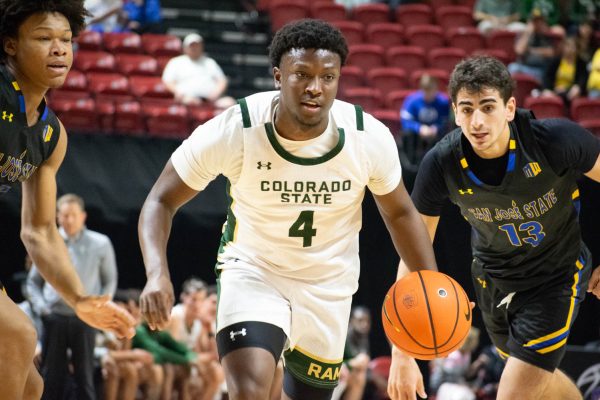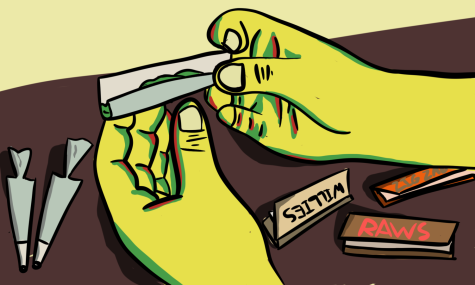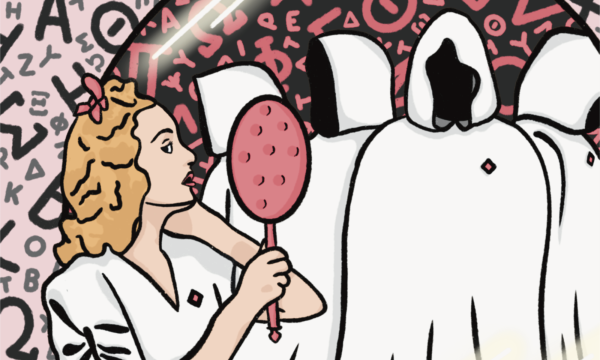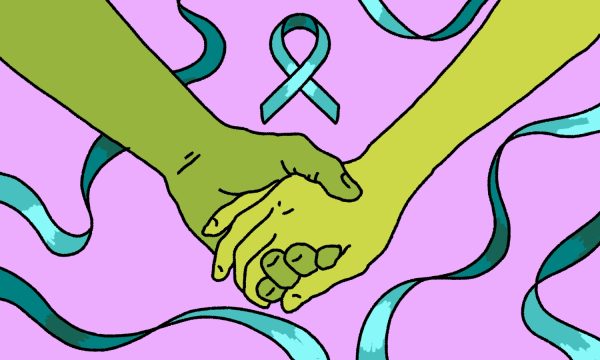Eckburg: Don’t worry — your candy is not filled with razors or poison
Collegian | Trin Bonner
October 25, 2022
Editor’s Note: All opinion section content reflects the views of the individual author only and does not represent a stance taken by The Collegian or its editorial board.
It’s spooky season, and that means the age-old conversation about the potential harm caused by taking candy from strangers pops up again.
Ad
Even recently, the United States Drug Enforcement Administration warned about rainbow-colored fentanyl in distribution. Now, do candy-looking drugs exist? Yes. Are you going to get some in your designated trick-or-treating pillowcase when you go door to door in your neighborhood? Not likely.
First, let’s state the obvious: Drug dealers probably don’t want to hand out free drugs, period. Especially to children. If you’re running a business, you’d want return customers, not random kids who will inevitably lead right back to your operation. It doesn’t make sense.
Overall, violent crime rates are lower across the board, but within that group, you are more likely to be harmed by someone known to you in some way instead of a complete stranger. The rise of the “stranger danger” narrative has been prevalent in American culture for decades, stemming back to the late 1970s.
It’s easy to picture a boogeyman targeting you and your family, but it’s harder to think about it being someone close to you. Now, this isn’t supposed to scare you, though I admit it is a little worrying. It’s the reason you should teach your children about open communication so they can tell you if something is going on.
Almost all cases of candy poisoning are anecdotal, and there’s really no statistical evidence to suggest this is something you should worry about when you step out in your costume.
“A lot of the stories about candy poisonings play out this way: Someone close to the victim is responsible for their interaction with drugs or poison but claims that the victim randomly got the tainted item from a stranger. This is then reported on in the media, and the follow-up articles are much less sensational when it’s revealed the perpetrator just lied to confuse the investigation.”
First, there were the Tylenol murders in Chicago in 1982, where random Tylenol bottles were opened in stores, and someone replaced certain capsules with identical ones filled with cyanide. No one was ever charged with this crime, but it’s the reason we have tamper-proof packaging on products and it’s a federal crime to tamper with consumer goods. It’s also the case that reaffirmed a lot of fears about the urban myths of strangers attacking random people.
The most well-known case of candy tampering comes in the form of the 1974 case of Ronald Clark O’Bryan, who was convicted after his son died from eating candy that he poisoned. At the time, he claimed the boy randomly got the candy from trick-or-treating, but that was later deemed untrue.
A lot of the stories about candy poisonings play out this way: Someone close to the victim is responsible for their interaction with drugs or poison but claims the victim randomly got the tainted item from a stranger. This is then reported on in the media, and the follow-up articles are much less sensational when it’s revealed the perpetrator just lied to confuse the investigation.
It should be common sense, but please do not eat candy that’s been opened. If your bite-sized Snickers bar is given to you unwrapped and melted by a stranger, it’s probably not poisoned, but it’s definitely gross. And not in the cool, chilling Halloween way.
Ad
It’s also a good idea not to eat anything that looks like a pill, especially if it’s unpackaged.
Trick-or-treating is one of the best parts of Halloween fun when you’re a kid. It’s perfectly fine to worry about the safety of your children and their interactions with strangers, but don’t let that get in the way of this fun tradition. If the houses in your neighborhood keep their lights on during trick-or-treating times, you’re good to go.
Fort Collins is pretty safe, and it’s such a supportive and friendly community. You’re safe to make the rounds and get that candy. Have fun, and don’t stay out too late.
Reach Bella Eckburg at letters@collegian.com or on Twitter @yaycolor.

















